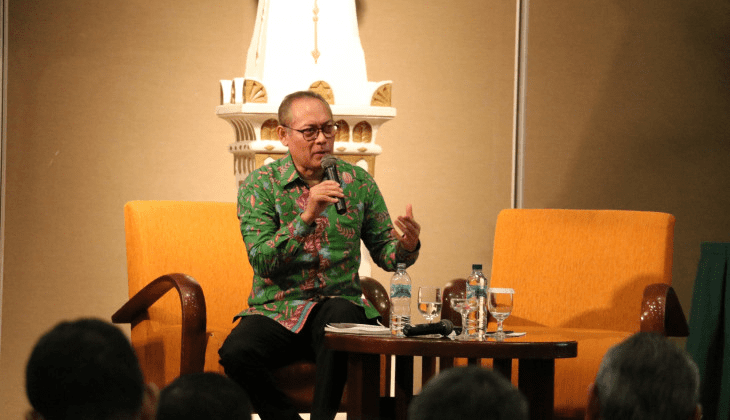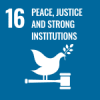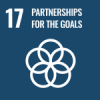
Director General of Asean Cooperation in Foreign Affairs Ministry, Jose Antonio Morato Tavares, said currently there are 58 Asean Studies Centers in Indonesian universities that conduct research, consultancy, and publication to promote Asean cooperation.
He said that these centers of studies would be grouped into divisions such as on politics and security, economy, and socio-culture. They are expected to identify specific issues to explore. “Each is expected to set up a program on research, consultancy, and publications to promote Asean cooperation,” he said.
He said the government would expect assistance from these Asean studies centers to conduct studies and research into foreign policy making, such as Indonesia’s stance on maritime borders, or land territory in the South China Sea, although there is already an international rule to comply with. “I think there’s still some gap or unregulated aspects that can be addressed here,” he said.
He added the centers would also explore studies in international laws that need documents to complete. So far, there has not been much research done into it. “Up to now, there is no research on it, if there’s one, we can bring it on our South China Sea negotiations,” he said.
Besides, the centers would study the potential of free trade market in Asean and Indonesia’s stance to play a more maximal role.
Maritime Law Geodesy expert of UGM, I Made Andi Arsana, Ph.D, said the dispute on maritime borders and land territory of South China Sea has not yet been resolved. There are around 200 islands being on dispute. “About 200 islands are disputed in South China Sea regarding ownership,” he said.
Countries like Vietnam, Malaysia, Brunei Darussalam, the Philippines, and China have made territorial claims. He said the certainty of the ownership would determine the Indonesia’s maritime borders. Even if Indonesia has no interest in these islands, Indonesia needs to pay attention to its maritime borders around the South China Sea. “Indonesia has the right of its sea territory, for example, on North Natuna and the 200 miles border of the outermost islands that may overlap with those of other countries,” he said.
Source: https://ugm.ac.id/id/berita/18857-pusat-studi-asean-diminta-kaji-soal-sengketa-laut-cina-selatan



